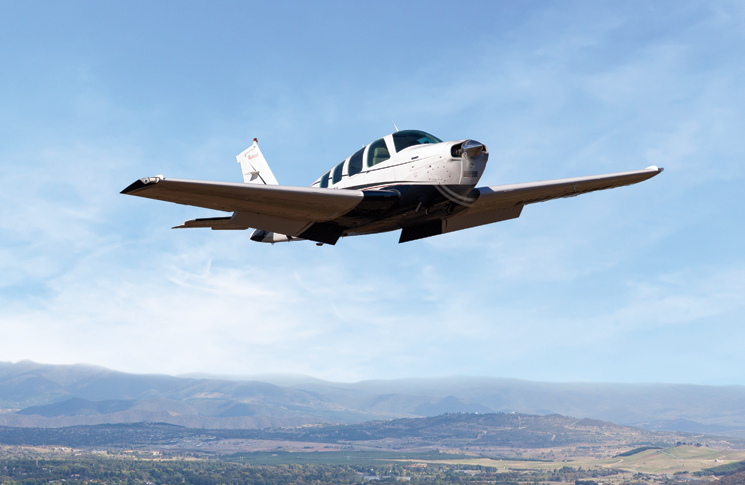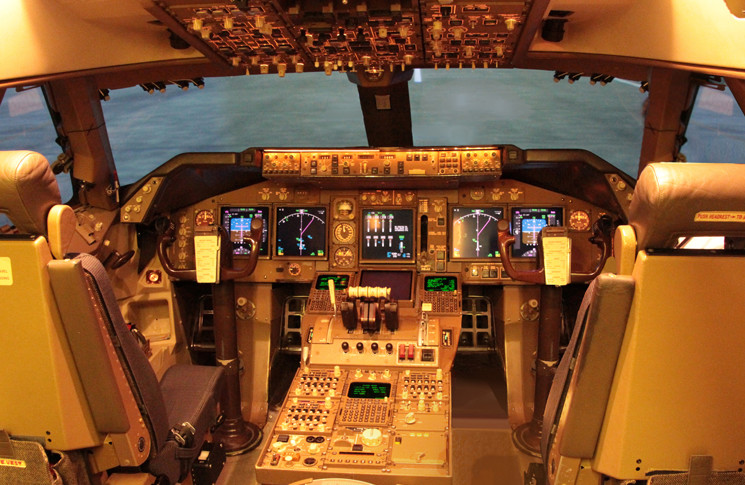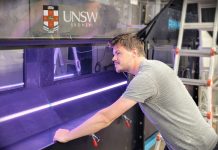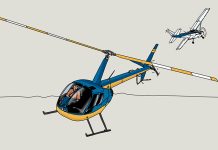A newly minted rating, a blandly confident low-hours pilot, time pressure and a desire to impress. What could possibly go wrong?
By a Flight Safety Australia reader
In 1987 I had obtained a commercial pilot’s licence and a multi-engine command instrument rating. In June 1988 I obtained a Grade 3 instructor rating. I was still working full-time in the public service in Canberra but was working as an instructor with a local flying school on the weekend.
My aviation career was literally taking off and, if you wanted to know just how good I was as a pilot, you only had to ask me. My instructor rating had injected a level of confidence into my flying that I had not previously had. To be absolutely honest, I was an average pilot who really had to work at passing exams and at the skills required to master the art of flying.
I had taken leave from the public service to complete the instructor rating in Bankstown. It was an 8-week course which had stretched out to 9 weeks so the money clock was ticking to complete the course. That autumn had been particularly wet in Sydney so I had lost a lot of days due to weather and my instructor ‘buddy’, who was to complete 20 hours of mutual instruction with me, was absent more than he was present.
Fast forward to October and I had been instructing most weekends and was looking forward to taking a full-time job at the flying school to replace an instructor who was moving up the aviation ladder. I had often taken people for joy rides over Canberra and invited some of my public service colleagues to a joy flight during our lunch break. I had booked an A-36 Bonanza which I was familiar with, as I had done some of my CPL training and flight test in it.
In the 80s, access to the apron was straight forward and an ASIC wasn’t required so we were ready to get onboard the Bonanza within 15 minutes of leaving our office. I did the pre-flight and noticed the fuel gauges showed the fuel just above the yellow band. The pilot notes stated the fuel levels should be greater than the yellow band for weight and balance reasons. ‘No problem,’ I thought, ‘it’s just a scenic flight over Canberra and it would take too long to taxi it over to the fuel pump and top it off.’
This particular Bonanza was usually configured with club seating but I found the seats had been reinstalled in a row configuration. Once again, I didn’t think that would be a problem as I would put one of the passengers in the seat next to me. The control column had also been changed from a dual configuration to a single yoke. I always preferred the single yoke as the control column had a press-to-talk button and an electric trim switch.
The weather was warm and sunny with a moderate north-westerly which was favouring runway 30 but there would be turbulence coming off Mount Ainslie. As I taxied out and obtained the clearance for a City Route Alpha 1, I felt my skills as a pilot would be more than adequate to cope with the fuel being less than optimal, the seating having changed and the bumpy conditions. The rudder pedals felt a little lighter as we taxied but I thought that was because of the change of seating.
As I pulled back on the control column for take-off, the full implications of the fuel, seating and turbulence became apparent, with an alarming tendency for the nose of the Bonanza to abruptly pitch up. I countered with a fair bit of effort to apply forward pressure but as soon as I relaxed that pressure, the nose pitched up again. My overconfidence with my skills as a pilot was rapidly overtaken by the genuine fear that I had put the passengers, the aircraft and myself in a precarious position – a situation for which I was not prepared or familiar with.
I could not believe I had been so complacent and cocky to have put everyone at such risk.
I realised my plan to fly a leisurely scenic over Canberra was no longer possible and had to use every ounce of concentration and skill to fly a safe circuit and get back on the ground. I notified the tower that I would need a left-hand circuit. They gave me a new clearance and naturally enough they asked if operations were normal! I was thankful for the PTT so I could keep both hands on the control column and replied that ops were normal in the calmest possible voice.
The porpoising moderated during the downwind leg so I was able to concentrate on the necessary preparation for landing. The base leg for Runway 30 takes you over the Air Disaster Memorial where a Hudson Bomber crashed in World War II. I didn’t want to add my name to the plaque but, with the turbulence, I tended to be a bit low on base and final so I had to add power to regain the correct approach path. This reintroduced the pitch-up action so my hands were full but the PUF checks were completed and a clearance to land was granted.
Coming over the piano keys was a relief but trying to flare meant the nose pitched up again. A little voice was telling me not to go-around as adding full power at that point would have been catastrophic. Finally, the skills and knowledge I had developed came to the fore and I was able to stick the landing without any further problems.
There were 4 very pale public servants who disembarked when we finally shut down and one very shaken, soon to be ex-public servant/pilot, when we headed back to the office.
Lessons Learnt:
I could not believe I had been so complacent and cocky to have put everyone at such risk. The first red flag should have been the amount of fuel on board and that limitations are there for a reason. I should also have been aware of the impact of the seating change and the effect on the centre of gravity. I also came to realise that extra training might make me a better pilot but I should always understand my own limitations.
It is said that an accident is a combination of events and if a link in the chain can be broken, then the accident can be avoided. The link in the chain was broken when I realised that a go-around would put me in an even more dangerous position and the best course of action was to put it on the ground. As the old saying goes, better to be on the ground wishing you were in the air, than in the air wishing you were on the ground.
Soon after that flight I became a full-time instructor in Canberra, often training students in the circuit. As I watched the cars doing the daily grind into the office, I would remember the time that the world’s greatest pilot became a much humbled and less arrogant one.
Have you had a close call?
8 in 10 pilots say they learn best from other pilots and your narrow escape can be a valuable lesson.
We invite you to share your experience to help us improve aviation safety, whatever your role. You may be eligible for a free gift just for submitting your story.
Find out more and share your close call here.





